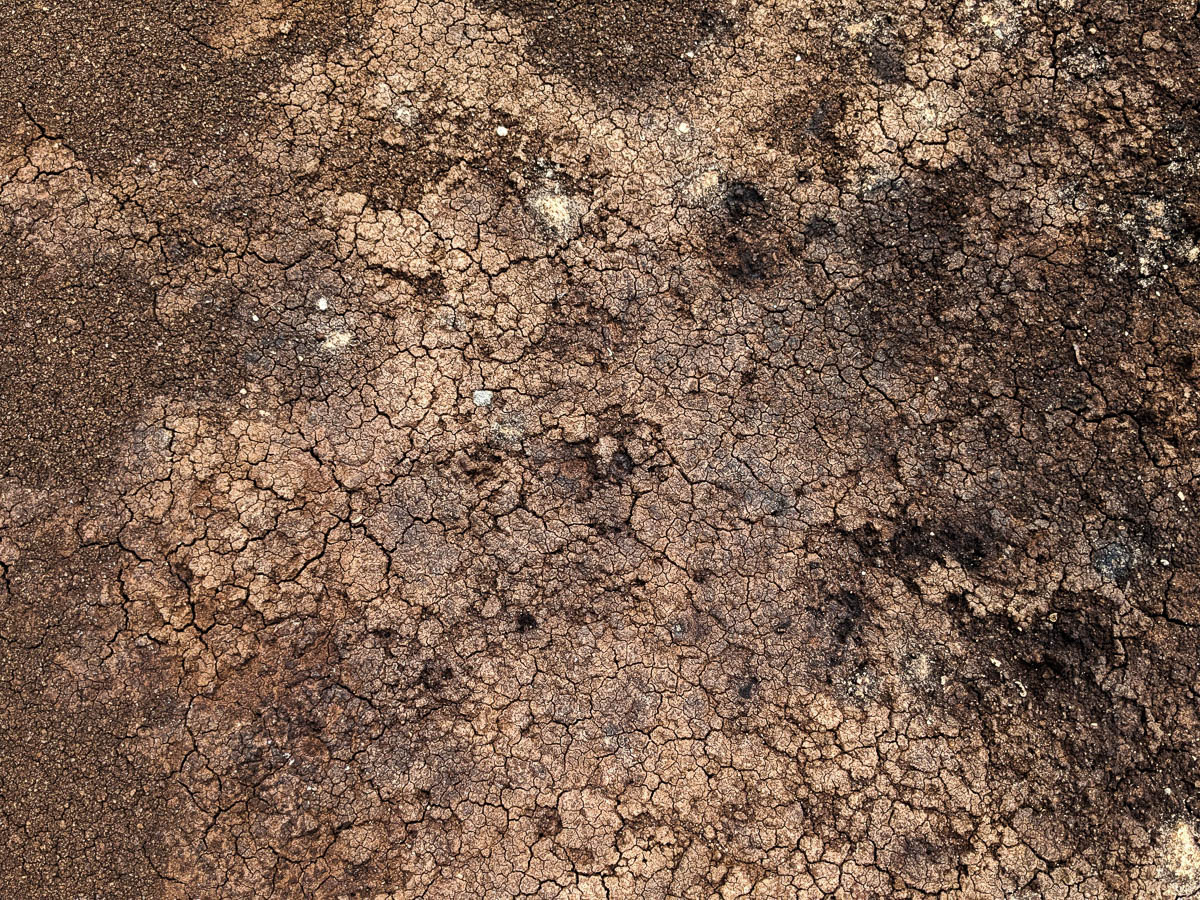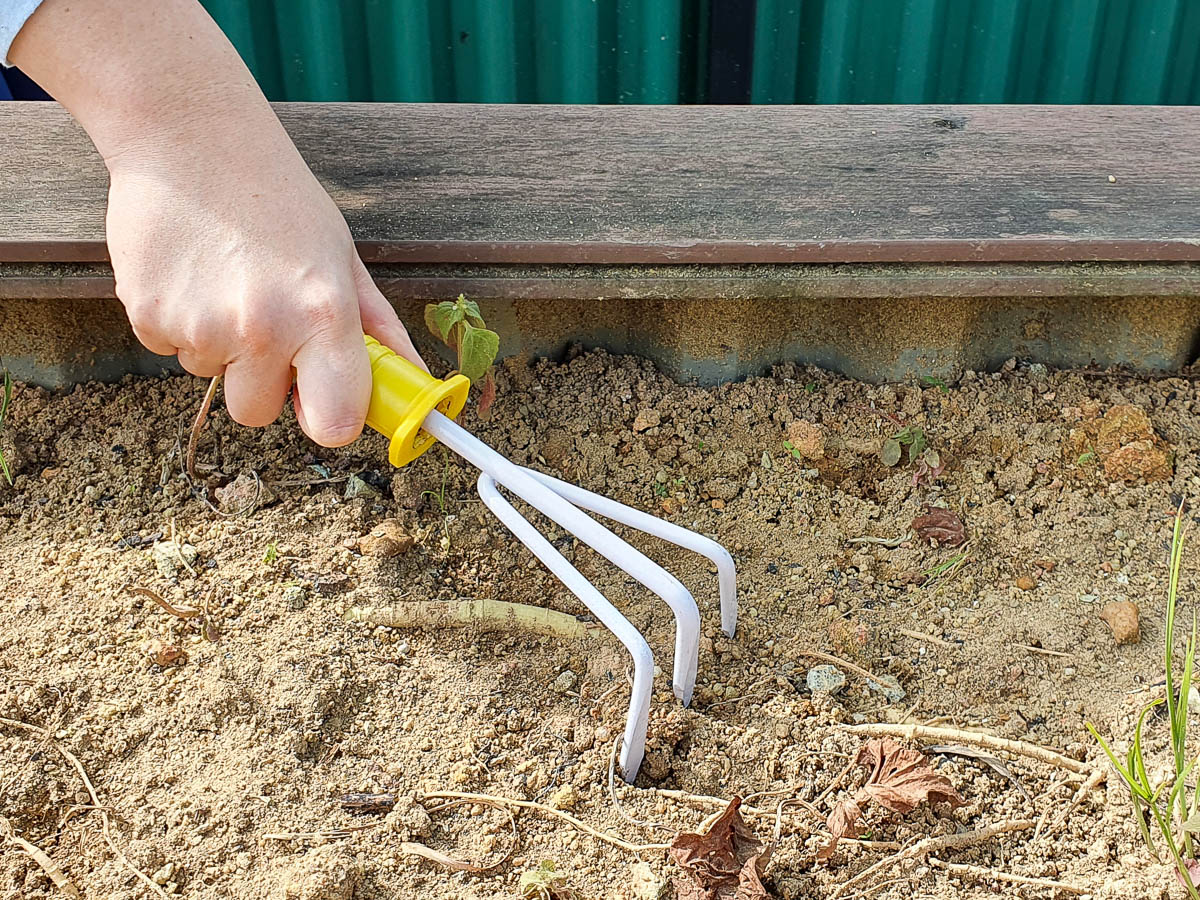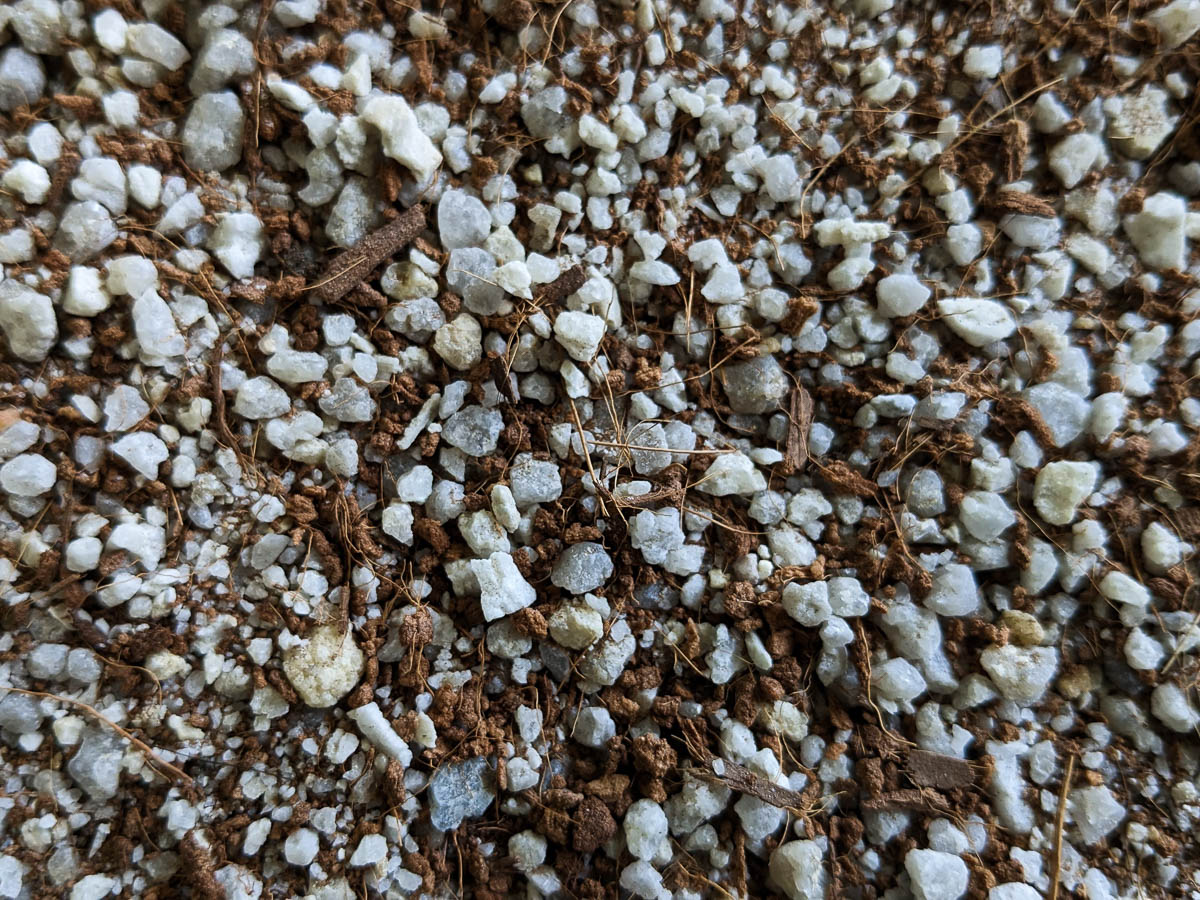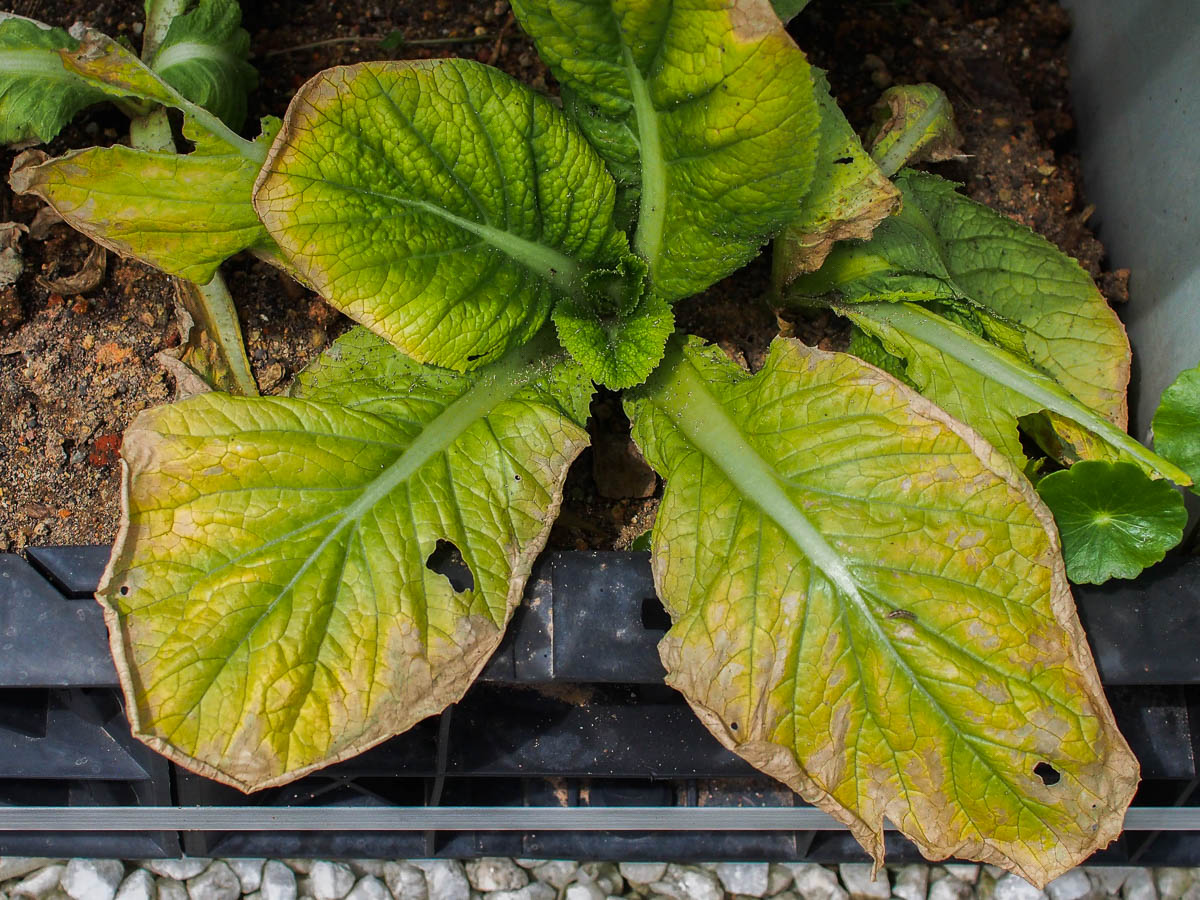Nutrient deficiencies
Like people, plants need nutrients to grow healthily and quickly. If plants have a lack of nutrients, they may display signs like odd leaf colours, stunted growth, or blemishes on fruit.
Soil problems and nutrient deficiencies
Nutrients are usually absorbed by plants from the soil through their roots. If the soil has other problems, plants can’t absorb the nutrients even when they are present. Soil problems should be resolved before adding fertiliser to solve nutrient deficiencies over the long term.
-

Soil that is dry or waterlogged will be difficult for plants to absorb nutrients in. Many nutrients are water-soluble, so having moist soil is the best for nutrient uptake. This is because the nutrient-rich water remains available for roots to absorb, and still allows roots to breathe. Having a regular watering schedule and good drainage are key to keeping your soil moist.
-

Soil in pots and raised beds can get compacted and hard over time. Refreshing them with a yearly addition of organic matter will help to keep the soil soft and well-draining, and help your plants grow lots of roots to absorb more nutrients.
-
Soil pH can also affect a plant’s ability to uptake nutrients. Most plants in Singapore need soil that has a pH of 6 to 7 and will be able to take up most nutrients within this range. Any lower will indicate the soil is acidic, and any higher will show that it is alkaline. Soils in Singapore generally tend towards neutral or acidic. If your soil is too acidic, it can be corrected using horticultural lime (calcium carbonate, calcium oxide and dolomite). Alkaline soils can be treated using granular sulphur.
-

Certain soil mixes with low or no clay content can also result in nutrient deficiencies as clay is the main component of soil that can hold nutrients. Plants growing in pure cocopeat, pumice, or other soil amendments will eventually show a host of nutrient deficiencies. Mixing in more topsoil or using fertilisers periodically will usually help remedy this.
Symptoms and treatment
-

Nitrogen deficiencies often show up as plants looking yellowish and leggy despite having enough light, or slow and stunted leaf growth. It can also look like entire leaves turning yellow, with the older leaves at the bottom yellowing first and progressing up the plant to the new leaves at the top.

Nitrogen is highly soluble in water, so heavy rains or overwatering may also cause nitrogen deficiencies as the nitrogen is washed away. However, this deficiency is easily remedied by using fertilisers high in nitrogen, or growing legumes in the same plot as part of companion planting.
-
.jpg)
Phosphorus deficiencies look like red, purplish, or bronze patches on older leaves on plants, but this tends to vary wildly between species. It also is indicated by a stunted overall growth rate for most plants. This is remedied by using fertilisers high in phosphate, like bonemeal.
-

Potassium deficiencies cause burnt or brown edges on older yellow leaves with green veins, and can also show up as slow stem, flower, or fruit growth. This is remedied by using fertilisers high in potassium like seaweed products.
-

Calcium deficiencies can cause problems like blossom end rot for Chilli, Tomato and Brinjal. It looks like a small rotten or dried spot at the bottom of the fruit. Singapore soils are very rarely calcium deficient due to their high clay content. The deficiency is usually caused by a lack of water, inconsistent watering, low humidity, or a soil pH higher than 7, which are all factors that prevents the fruit from getting calcium. Water your plants regularly, especially during the dry season, to prevent this.
-
.jpg)
Magnesium deficiencies causes plants to have pale older leaves with dark green veins. Magnesium deficiencies can be caused by the over-use of high potassium fertilisers as the plant absorbs potassium instead of magnesium. If no high potassium fertilisers have been added, Epsom salts can be used to add magnesium to the soil.
-

Iron deficiencies look like magnesium deficiency, but the leaves that are pale with dark green veins are new and generally on the top of the plant. Plants in waterlogged soils will often show signs of iron deficiency, but this is easily remedied by improving soil drainage by mixing in organic soil amendments like cocopeat. Occasionally, plants may be growing in alkaline soils with a pH over 7 and will have problems absorbing iron, resulting in the deficiency. This can be remedied by adding more acidic soil amendments like sulphur or compost.

